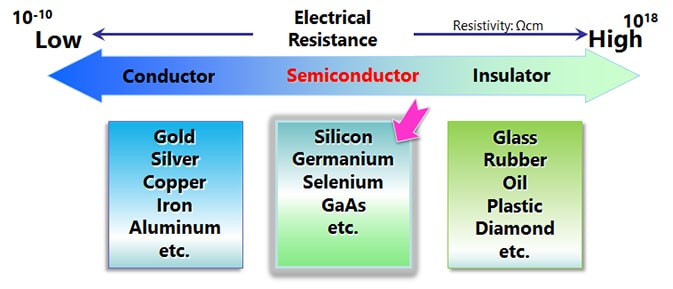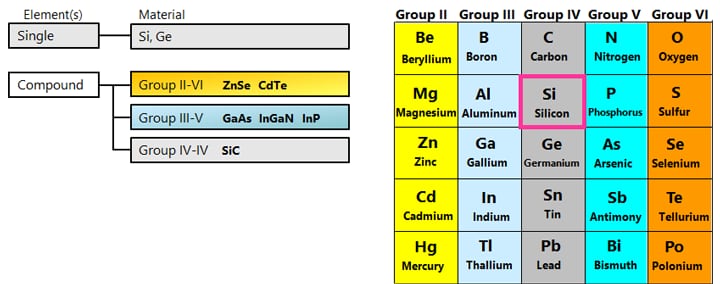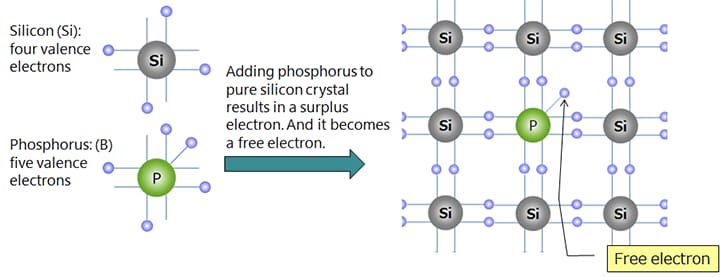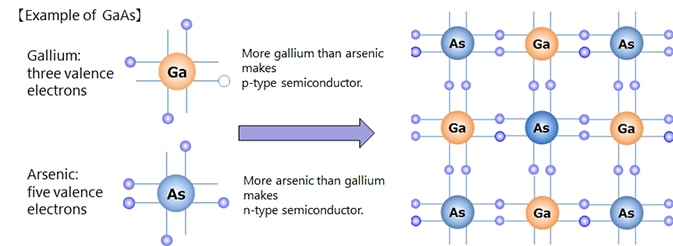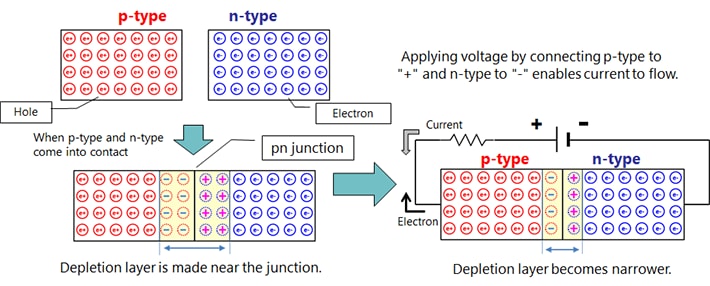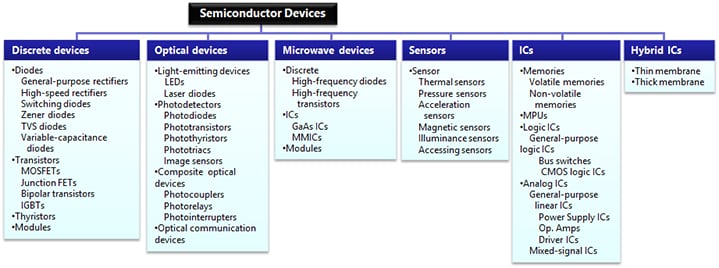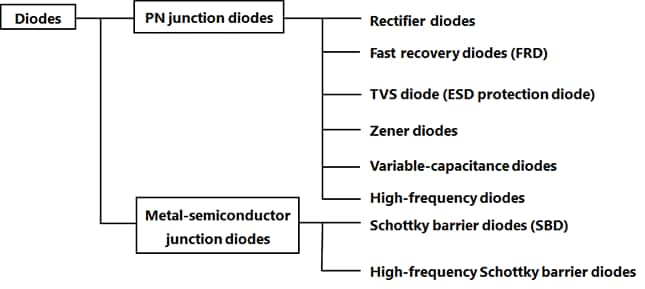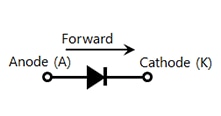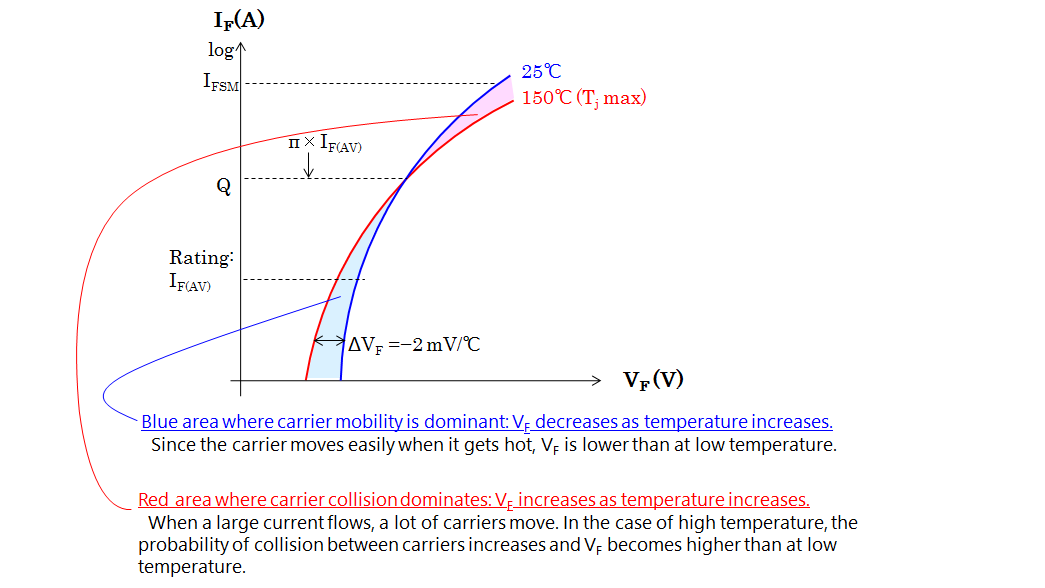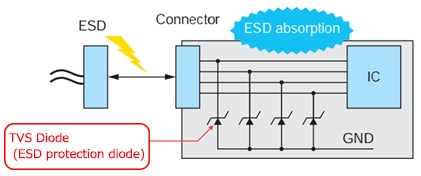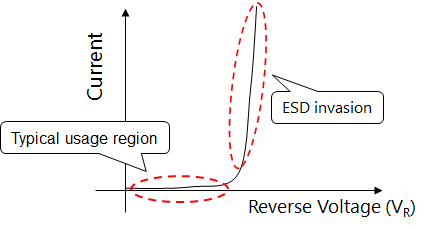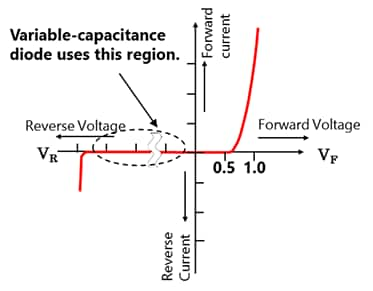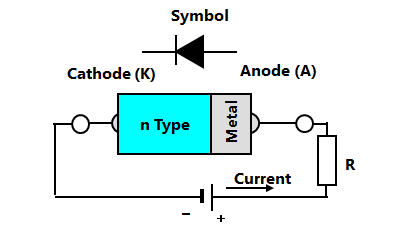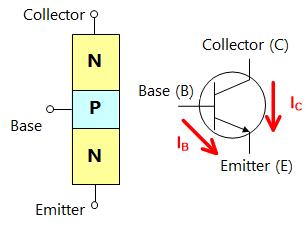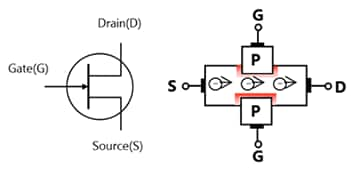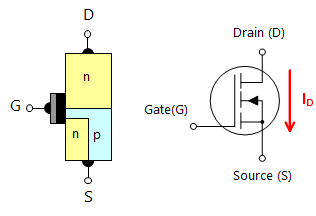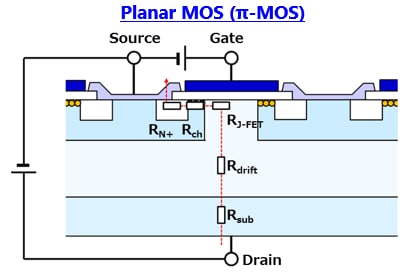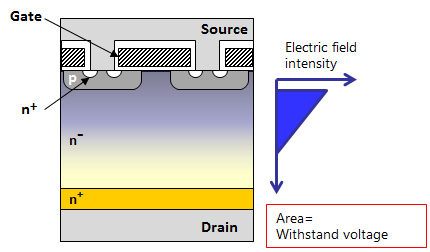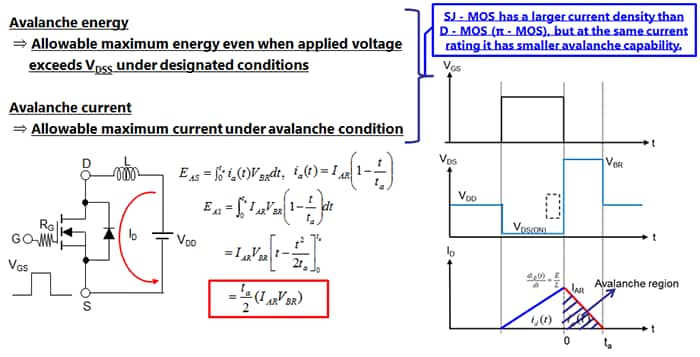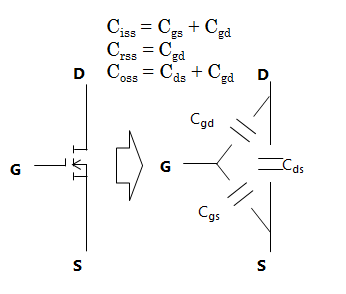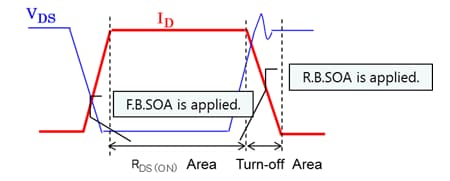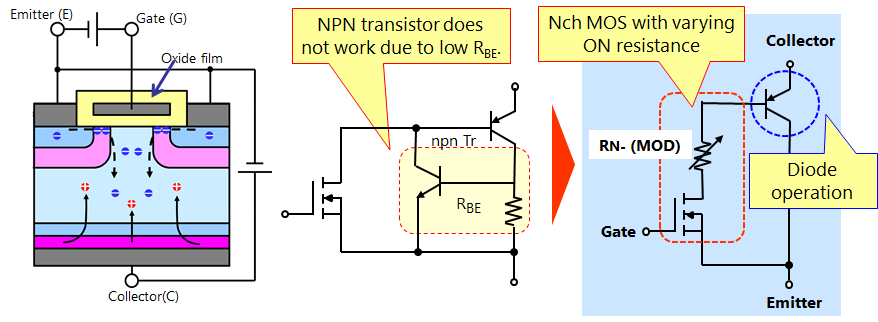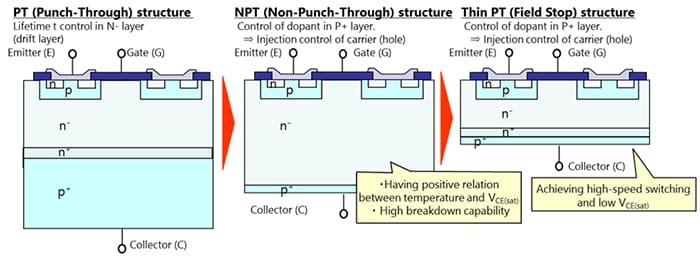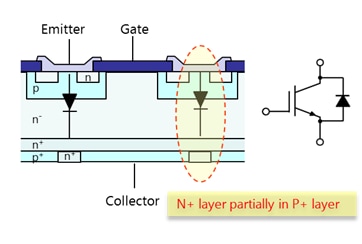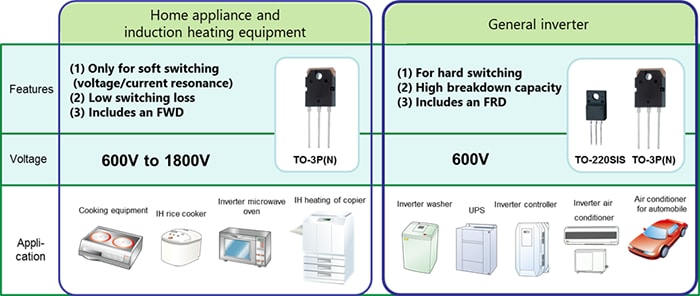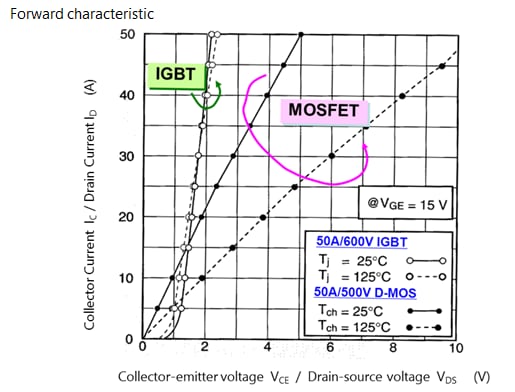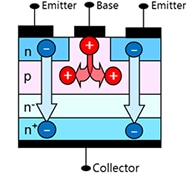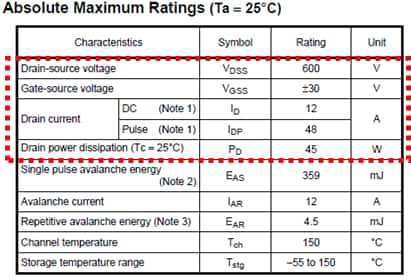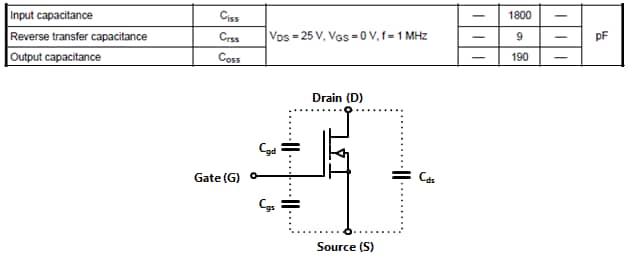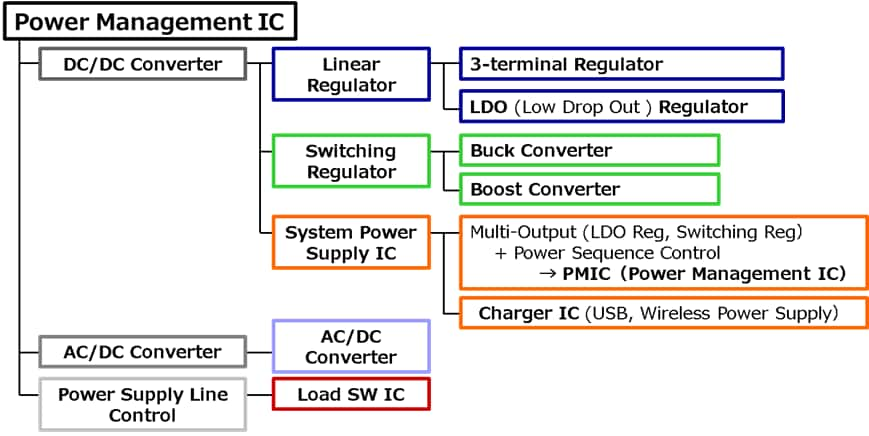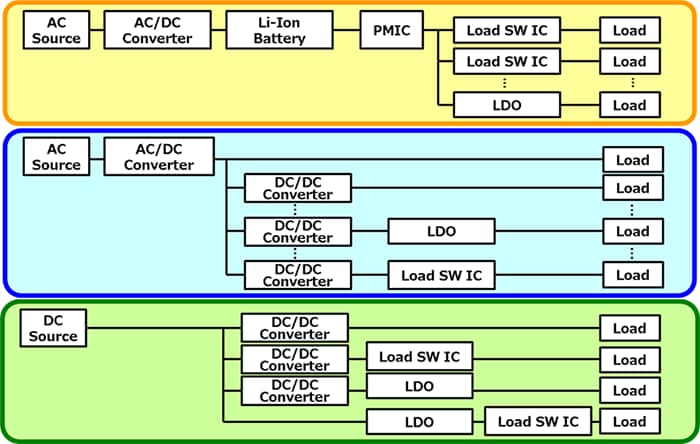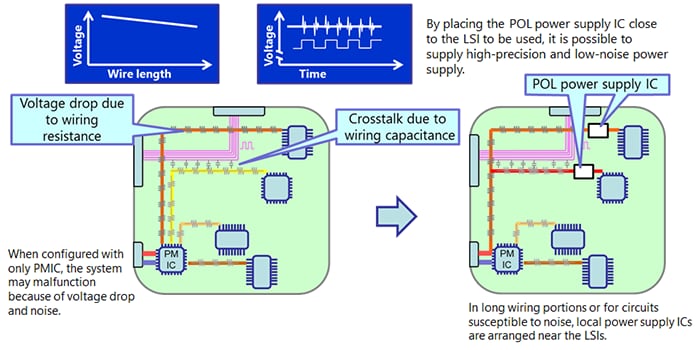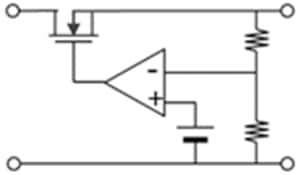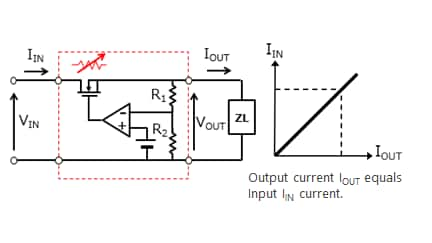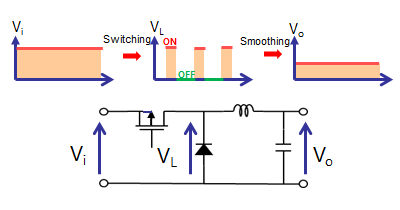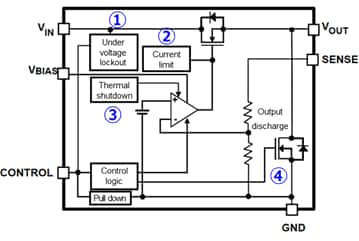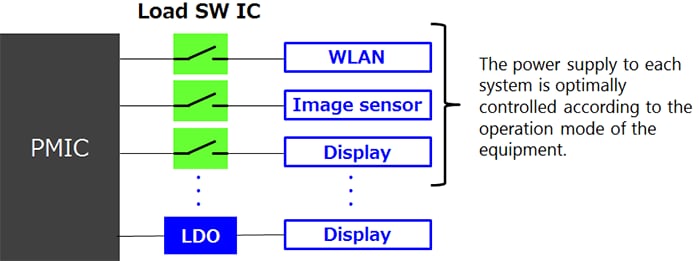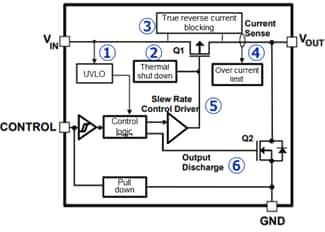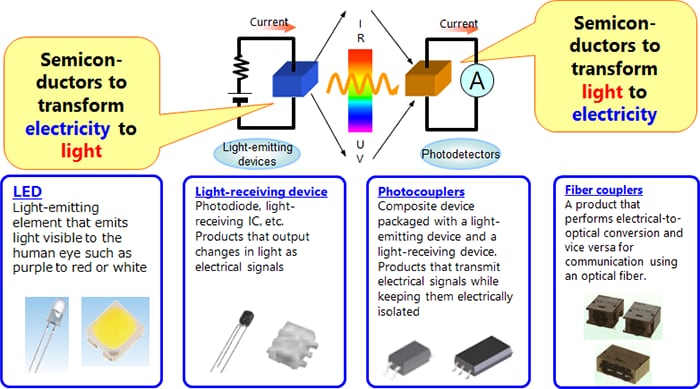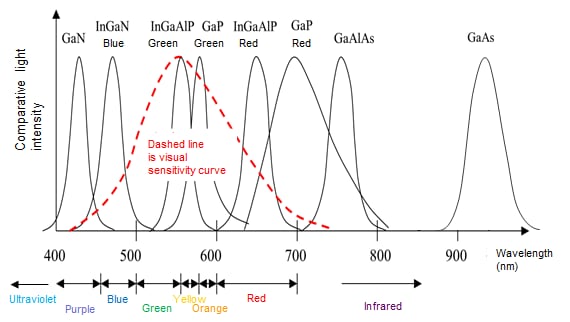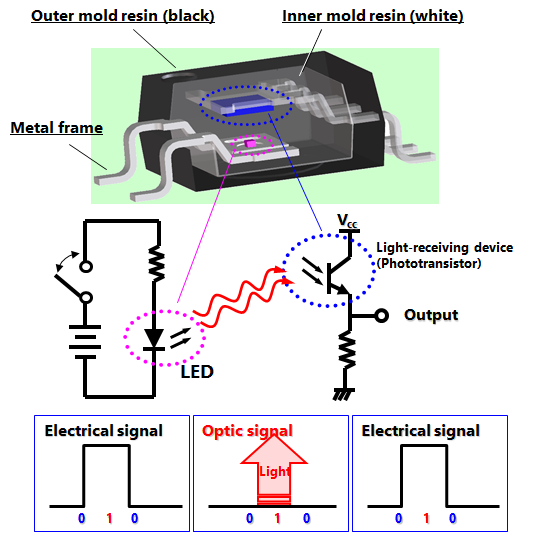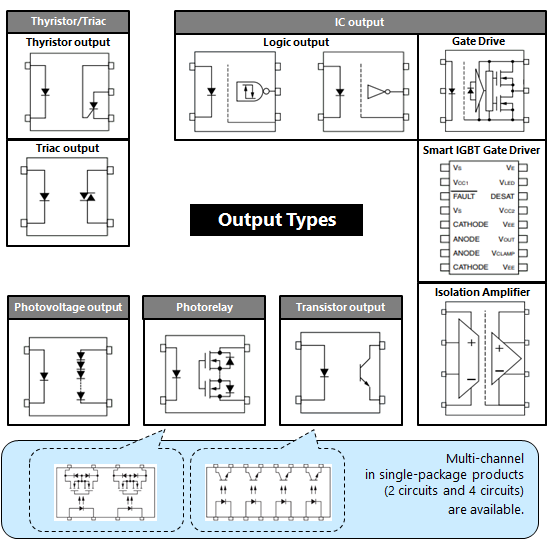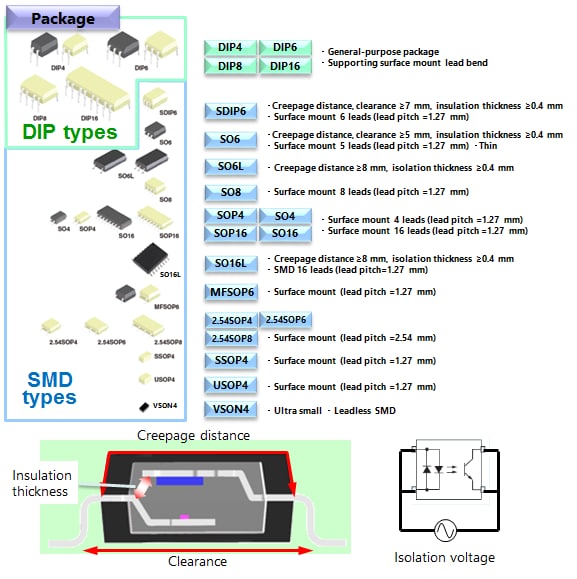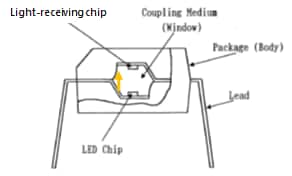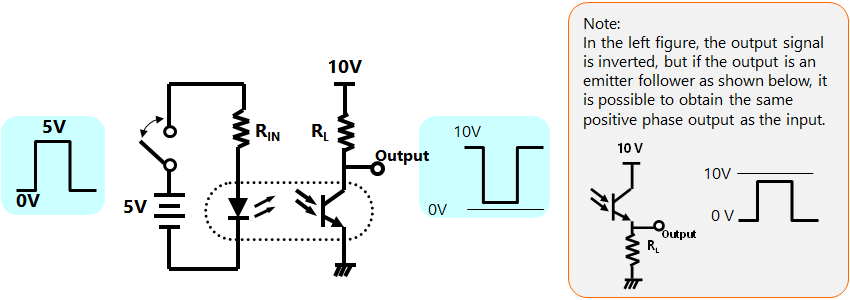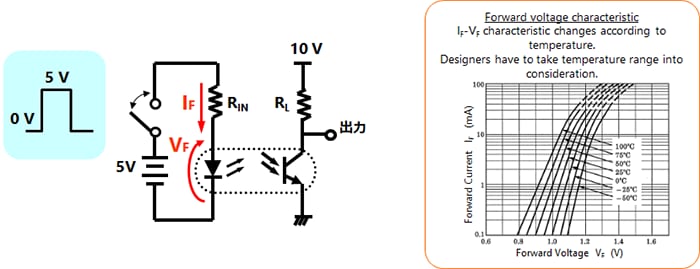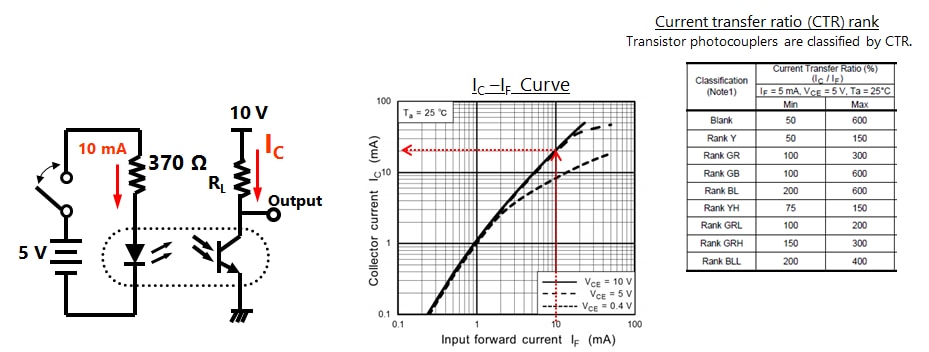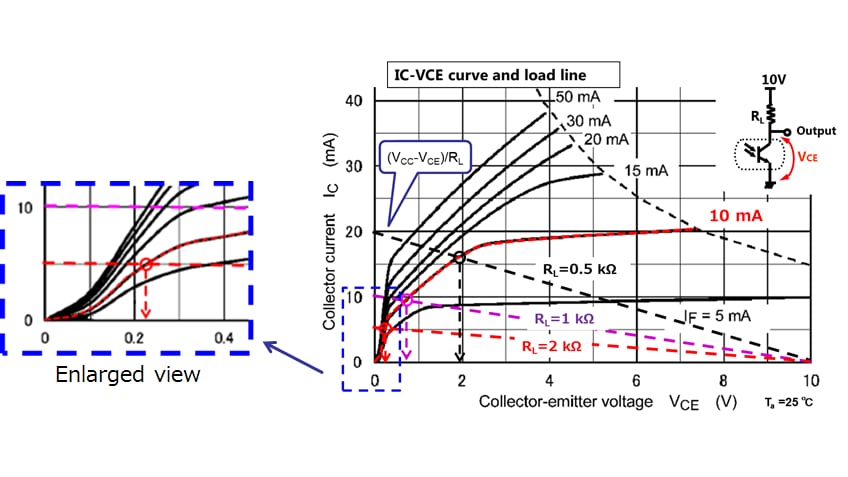Basic Knowledge of Discrete Semiconductor Device
In this e-learning course, you will learn the definition of “semiconductor” and the basics of semiconductor devices, including diodes, transistors, isolators/solid state relays, and power supply ICs.
Chapter I : Basis of Semiconductors
Chapter 1 discusses the basics of semiconductors such as the definition of “semiconductor”, materials of semiconductors, n-type and p-type semiconductors, and p-n junctions.
Please choose from the video or PDF or web page. All have the same content.
Includes:
- What is a Semiconductor?
- Semiconductor raw materials
- n-type Semiconductor
- p-type Semiconductor
- Compound Semiconductor
- pn Junction
- Types of Semiconductor Devices
For those who want to see the video at once
For those who want to download the PDF and read it later
Download "Chapter I : Basis of Semiconductors" (PDF:1.2MB)
For those who want to see one page at a time on a web page
Chapter II : Diodes
Chapter 2 shows different types of diodes and discusses their operations and characteristics.
Includes:
- Types of Diodes
- Functions of Rectifier Diodes
- Forward Characteristic of Rectifier Diodes (IF-VF Characteristic)
- FRDs (Fast Recovery Diodes)
- Voltage Regulator Diodes (Zener Diodes)
- TVS diode (ESD protection diode)
- Difference between TVS Diodes and Zener Diodes
- Variable-capacitance Diodes (Varicap Diodes)
- Schottky Barrier Diodes (SBDs)
- Reverse Recovery Characteristic of Schottky Barrier Diodes (SBDs)
- Difference Depending on Metal of Schottky Barrier Diodes (SBDs)
- Characteristics Application of Various Diodes
For those who want to see the video at once
For those who want to download the PDF and read it later
Download "Chapter II : Diodes" (PDF:895KB)
For those who want to see one page at a time on a web page
Chapter III : Transistors
Chapter 3 shows different types of transistors and discusses their operations and characteristics.
Includes:
- Types of Transistors
- Bipolar Transistors (BJTs)
- Bias Resistor Built-in Transistors (BRTs)
- Junction Field-Effect Transistors (JFETs)
- Metal-Oxide-Semiconductor Field-Effect Transistors (MOSFETs)
- Differences between BJT and MOSFET
- Structure and Operation of MOSFET
- MOSFET Performance Improvement: Decision Factors of RDS(ON)
- MOSFET Performance Improvement: Approach to Low RDS(ON)
- MOSFET Performance Improvement: Super-Junction MOSFETs (SJ-MOS)
- Summary of MOSFET Features by Structure
- Performance of MOSFETs: Drain Current and Power Dissipation
- Performance of MOSFETs: Avalanche Capability
- Performance of MOSFETs: Characteristic of Capacitance
- Performance of MOSFETs: Safe Operating Area(or Area of Safe Operation)
- Insulated-Gate Bipolar Transistors (IGBTs)
- Operation of Insulated-Gate Bipolar Transistors (IGBTs)
- Performance Improvement of IGBTs: Evolution of Vertical Design
- What are RC-IGBTs and IEGTs?
- Application of IGBTs
- Comparison of Forward Characteristics of IGBTs and MOSFETs
- Comparison of Transistors by Structure
- Datasheets of MOSFET: Maximum Ratings
- Datasheets of MOSFET: Electrical Characteristics
- Datasheets of MOSFET: Capacitance and Switching Characteristics
- Datasheets of MOSFET: Body Diode
For those who want to see the video at once
For those who want to download the PDF and read it later
Download "Chapter III : Transistors" (PDF:2.0MB)
For those who want to see one page at a time on a web page
Chapter IV : Local Power Supply ICs
Chapter 4 discusses different types of power supply ICs, conditions of power supplies in equipment, and why point-of-load (POL) power supplies are required. It also describes the operations of linear and switching regulators.
Includes:
- Power Management IC
- Example of Power Line Structure in a System
- Why POL Supply ICs Are Wanted?
- Types of Local Power Supply Ics
- Operation of Linear Regulators
- Operation of Switching Regulators
- Functions of LDO
- Load Switch IC
- Functions of Load Switch IC
For those who want to see the video at once
For those who want to download the PDF and read it later
Download "Chapter IV : Local Power Supply ICs" (PDF:770KB)
For those who want to see one page at a time on a web page
Chapter V : Optical Semiconductors (Isolators/Solid State Relays)
Chapter 5 discusses different types of isolators/solid state relays including photocouplers and discusses their operations and characteristics.
Includes:
- Types of Optical Semiconductors
- Light-Emitting Principal of LEDs
- The wavelength range of LEDs
- What Is a Photocoupler?
- Why Are Photocouplers Necessary?
- Types of Photocouplers
- Types of Photocouplers (Packages)
- Types of Photocouplers (Internal Structure)
- Safety Standards of Photocouplers
- Characteristics of Photocouplers (Current Transfer Ratio: CTR)
- Principal Characteristics of Photocouplers (Trigger LED Current)
- Aging Variation Data of Photocouplers
- How to Use a Photocoupler
- How to Use a Photocoupler “Input Current”
- How to Use a Photocoupler “Output Current”
- How to Use a Photocoupler “Output-Side Resistor”
- How to Use a Photocoupler Check
For those who want to see the video at once
For those who want to download the PDF and read it later
Download "Chapter V : Optical Semiconductors" (PDF:1.8MB)
